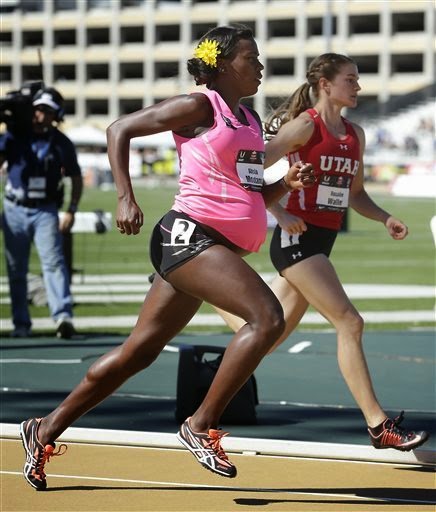The Life Equation, Part IV
[Today’s post by Nick Reynosa is the final installment of a four-part series. Click here for part 1, here for part 2, and here for part 3.]
We come to the last part of the life equation: women’s deaths from illegal abortion. I think this is a three part question:
- Are their deaths avoidable?
- If some women will die attempting to abort their offspring, how many?
- Once we establish that number, what is the net difference between the number of women who die in illegal abortions (which are presumably riskier, but will occur less frequently) versus legal ones (less risky, but extremely common)?

But those figures are inaccurate and misleading. According to the National Center for Health Statistics, in 1972, the last year before Roe, 39 women died in illegal abortions. Emergency medicine has advanced since then, but to give pro-choicers the benefit of the doubt, I will assume that the number would be the same if abortion were criminalized today.
Since Roe v. Wade, more than 400 women have died obtaining legal, state-sanctioned abortions: an average of 10 per year. Those ten deaths obviously would not occur after the right to life is restored.
Revisiting the Life Equation
Pro-Choice Life Equation
Current # of abortions (1.06 million) minus # of abortions prevented by contraception (estimated one half, or 530,000) minus # of women saved from dying in illegal abortions (39) = 529,961 annual abortion-related deaths under pro-choice policy
Pro-Life Life Equation
Current # of abortions (1.06 million) minus # of abortions prevented by contraception (estimated on half, or 530,000) minus # of abortions prevented by legal ban (using Chile’s 67.5% reduction, 67.5% of 530,000 is 357,750) plus # of women dying in illegal abortions (39) minus number of women not dying in legal abortions (10) = 172,279 annual abortion-related deaths under pro-life policy
Thus if the pro-life movement is successful in outlawing abortion while supporting effective contraception use, the net result will save, in my estimation, 357,682 more lives per year than the implementation of pro-choice policy. So the next time you find yourself listening to pro-choicers proclaim that they are the only ones preventing abortions, challenge their arithmetic. They may still be pro-choice—for instance, they may believe that the loss of life is a necessary price to pay to secure women’s equality, in which case you can discuss from there. But they are certainty not “pro-life pro-choicers.”


Only 47,000 women die per year, worldwide, from illegal abortion. They are just a statistic.
Thanks very much for this series. It at least lays the best groundwork I have yet seen (a groundwork that can be built on) for answering the original question, where lies the greater good in terms of minimizing deaths?
However, in Part 3 you said:
"Since contraception use can be advanced regardless of the legal policy on abortion, this variable does not effect the relative merits of the pro-life and pro-choice policies. So for purposes of the life equation, I will assume that perfect access to contraception can cut the abortion rate in half, whether abortion is legal or not."
The size of the variable would not affect the conclusion you reach regarding the superiority of pro-life policies. But it would very much affect the proportion of that superiority. For instance, if the very most that improved contraception could reasonably do would be to reduce abortions by 53,000 instead of 530,000, then instead of 529,961 deaths / 172,279 deaths, there would be 1,006,961 deaths / 649,279 deaths.
I and others have already pointed out some variables that were not mentioned, particularly the infant mortality rate and deaths in childbirth.
Hi Mr. Reynosa,
Thanks for adressing questions hat would not be touched elsewhere. I will assume hat your arguments are basically correct. Indeed, The logic is not that complex.
However, I urge you not to dismiss The Problem of contraception. This is one fundamental wedge driven between paremts and children, pornography and also The econmic difficulties of supporting a Family beong others.
It is right to tackle this Problem thoroughly AS you have done, but to minimise The related issues AS though ceteris paribus can operate in human questions of this Scale is not ultimately realistic.
(Bad punctuation and capitalisation due to Smartphone set in Herman mode)
Not true, unsafe abortion is the word. Some places illegal aboriton are far safer than legal abortions other places in the world. Not to mention the child that dies in each and every abortion
Personally I would like to see PL be consistent and value a life before and after birth and apply the moral precepts most already accept. Which would discourage but not outlaw most but not all abortions, and measures like universal health care and greater support for single mothers and poor families.
Better sex education and access to contraception would also help.